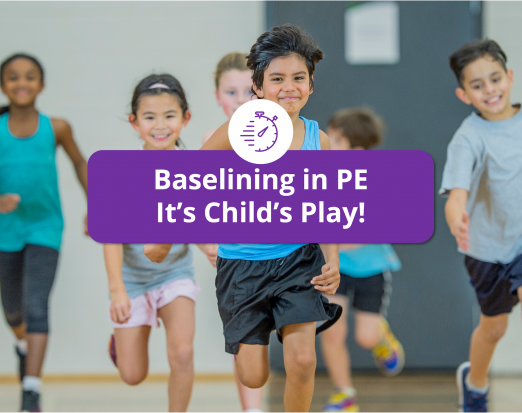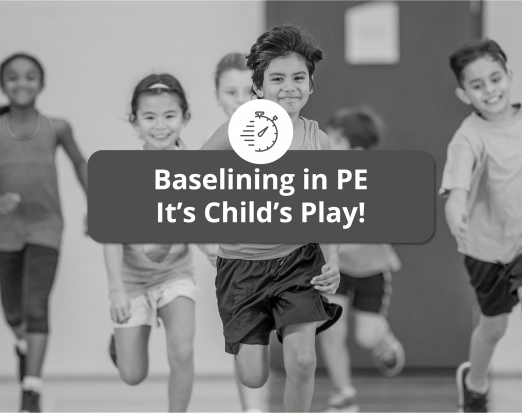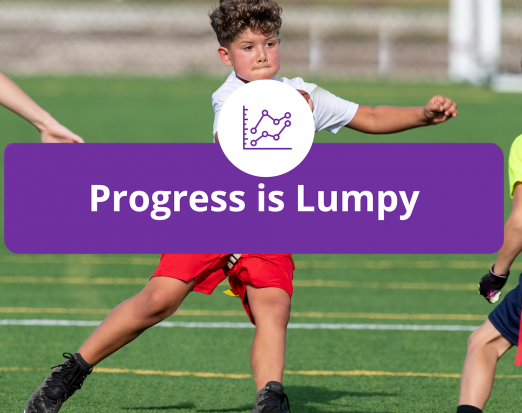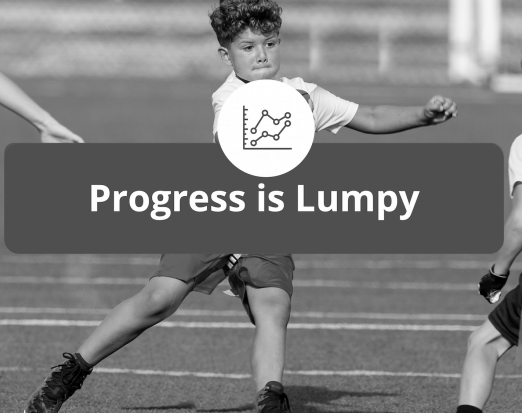Spring Safety MOT: Is Your Child Ready for Outdoor Activities?
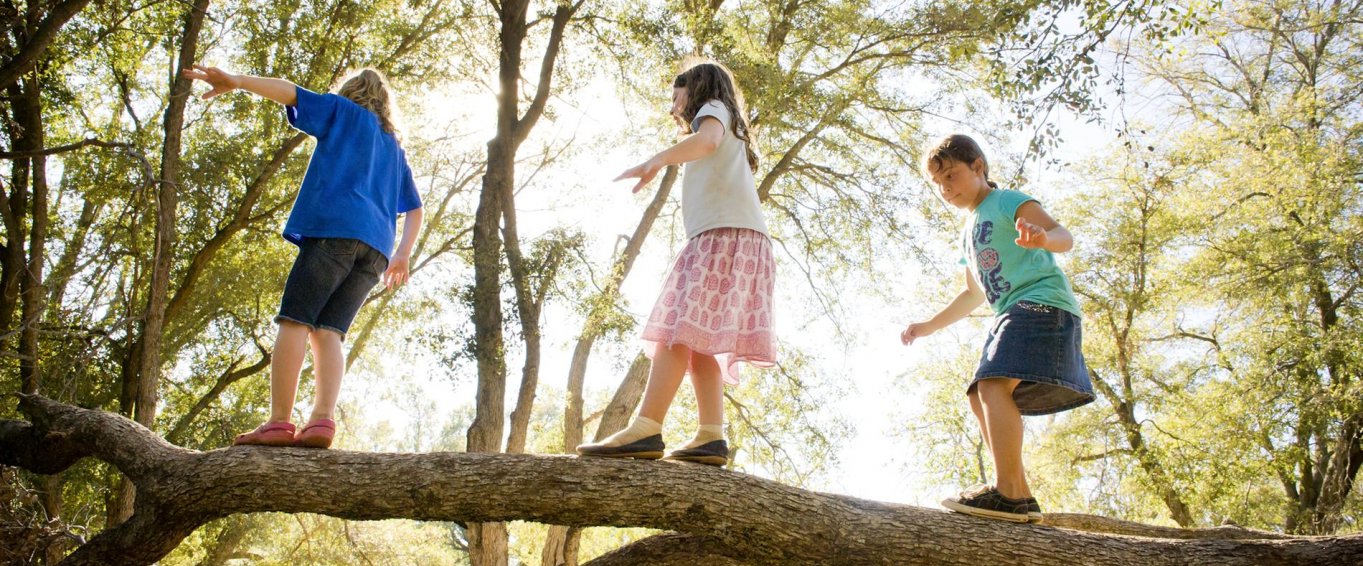
With spring in full swing and a long, hot summer on the way, it's time to blow off the cobwebs and head outdoors. If you're keen to increase your child's level of physical activity, (60mins per day is the target), getting them outside is half the battle!
They'll be encouraged to move more. They'll also benefit from exposure to natural light, fresh air and changing environments. Before you herd them out the door, however, we recommend a few spring safety checks.
With our health and wellbeing tips, you can prepare children for a happy, active spring, whether they're playing sports or just exploring the neighbourhood.
1. Carry Out a Helmet Check
We were surprised to find out cyclists are permitted to ride helmetless in the UK. There is no law requiring anybody (of any age) to wear a helmet despite their life saving potential. According to road safety experts, helmets are "the single most effective way to reduce head injuries caused by bicycle crashes."
We STRONGLY recommend children wear a helmet when riding a bicycle, scooter or skateboard. Check the fit at least once a year. A helmet fits properly when it sits above the eyebrows and is snug enough not to rock back and forth. There should be room for one finger between chin and strap. If the fit isn't right, protection isn't guaranteed.
Teacher's Tip: Demonstrate the purpose of cycling helmets with one lucky and one not so lucky melon. Strap the lucky melon into a helmet. Drop him to the ground from shoulder height. Repeat with the unprotected melon and discuss the results with your pupils.
2. Monitor Weight and Height
Weight monitoring is a sensitive subject and not all parents agree with it. We think, when used carefully, it allows families to retain control of a deeply personal issue. With primary schools now expected to weigh children annually, keeping your own measurements is the best way to avoid unpleasant surprises. Apply common sense. If your child's BMI is slightly above or below the advised range, their health is unlikely to be at risk.
If they're on the border, keep an eye on their growth to ensure they don't become any more under or overweight. Always use positive language, whatever the outcome. You could measure height, arm span, even foot size alongside weight if you're concerned your child might fixate on the scales. Keep it fun and informal. If there's a problem, make healthy changes for the whole family. Don't single your child out.
> Click here to use the NHS BMI Calculator.
Teacher's Tip: The best thing you can do for overweight pupils is help nurture a passion for physical activity. Children's bodies are extremely pliable. Obesity, particularly in the very young, is a cause for concern but consistent movement does lead to positive, long term change.
3. Protect Skin from the Sun
Before sending a child to get active outdoors, protect their delicate skin with a sunscreen of SPF 30 or higher. Ideally, you should be applying protection even when it's overcast. It takes surprisingly little exposure to tan the skin and most spring activities take place during the hottest parts of the day. Apply liberally to exposed areas (arms, legs, shoulders, forehead). Don't forget the sticky out bits (tops of the ears, end of the nose, chin, knees, elbows).
Demonstrate when and how to apply sunscreen correctly and your child will learn to do it for themselves. When they're outdoors playing sports, monkeying around in the park or cycling home from school, you'll know they're protected. Spray bottles are great for fidgety kids who hate standing still. Slip one into your child's school bag to prepare them for hot summer days.
Teacher's Tip: For a double whammy of physical activity and sun safety awareness, play Dancing in the Sunshine. The goal is to create a dance based on sun safety (drinking water, spending time in shade, wearing a sunhat, etc.) Can you guess which actions the teams are performing?
4. Investigate Aches and Pains
Parents of young athletes should be honest about the risk of injuries and pain for sports players. It encourages children to reciprocate and talk about how their bodies feel. Even it's just griping about blisters or a bruised elbow, post sports complaints can be a useful window on general health. Keep an open ear. You'll be first to know if aches and pains become a cause for concern.
The best way to differentiate between a temporary twinge and a genuine injury is to investigate - what hurts, when does it hurt, is it a big pain or a little pain, does anything make it feel better. Suggest practical ways to get a 'frayed' child back onto the field (plasters on the heels, deeper stretch, longer shin pads, etc) - but don't push them to play through pain.
Teacher's Tip: Proper form should be a key part of physical education. Teach children the safest ways to bend, jump, lift, catch and throw. Some injuries are unavoidable but good form has a big impact on safety during physical activity. It's a skill kids can develop further as active adults.
